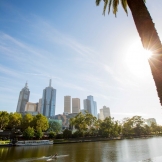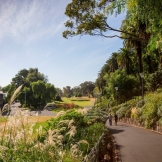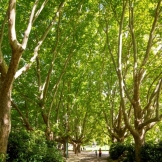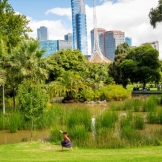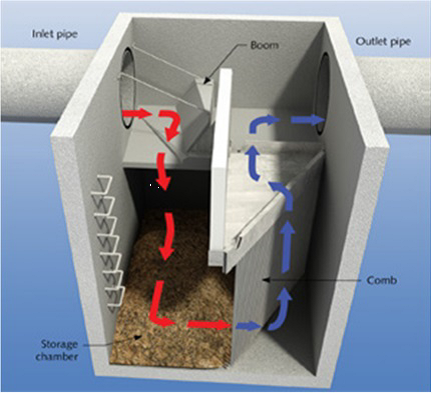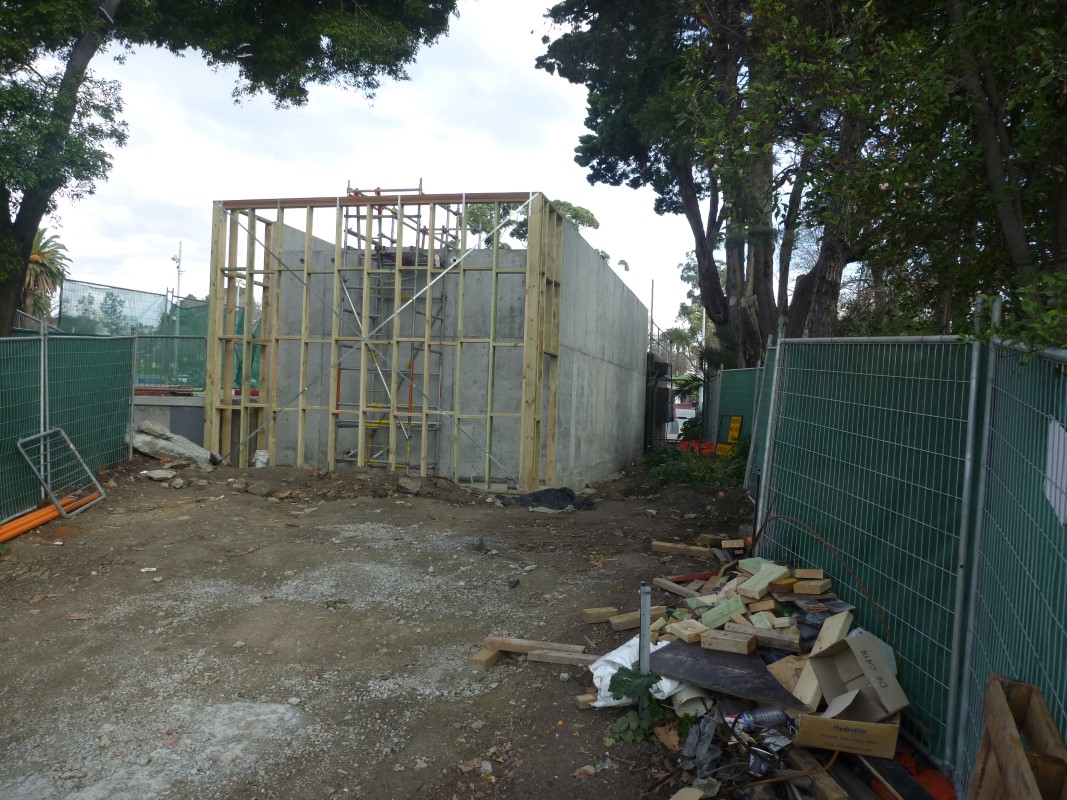Stormwater harvesting in Queen Victoria and Alexandra Gardens
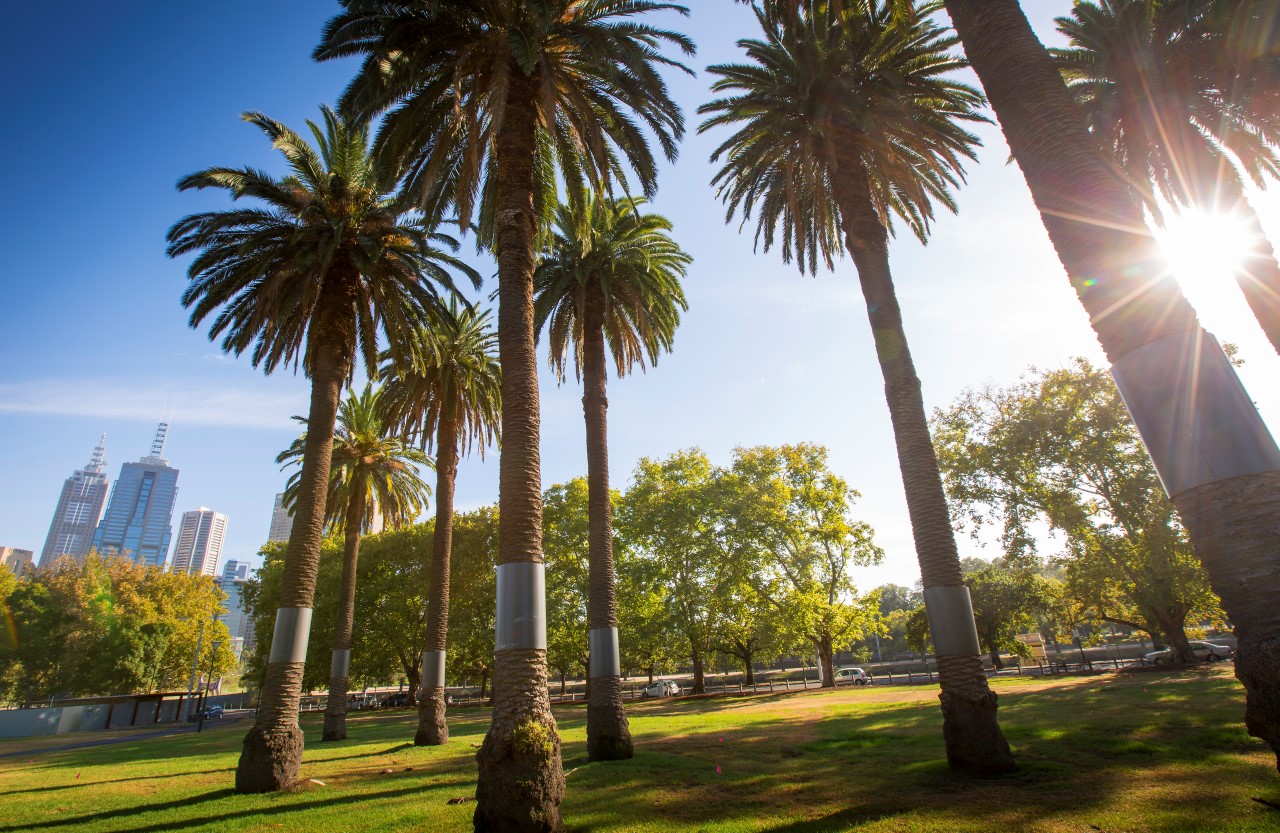
This stormwater harvesting system uses existing ornamental ponds to clean and store water for irrigation.
Alexandra Gardens and Queen Victoria Gardens sit adjacent to each other on the southern bank of the Yarra River. They link the Domain Parklands with the central city and provide 10 hectares of green open space.
The Queen Victoria Gardens is known for sweeping lawns, colourful flower-beds and ornamental ponds. The Alexandra Gardens are known for palm-lined avenues and open lawns. Many high profile events are held at the gardens each year.
Providing enough water to keep both gardens healthy during the increasingly severe impacts of climate change, including drought, heat waves and water restrictions has been a challenge.
The Alexandra and Queen Victoria Gardens stormwater harvesting system captures, treats and stores 20 million litres of stormwater each year to be used for irrigation, reducing the potable water consumption in the garden by 55 per cent. The innovative system makes use of retrofitted ornamental ponds in Queen Victoria Gardens for storing stormwater.
The system is part of the Eastern Melbourne Parks and Gardens Stormwater Harvesting Scheme. Overall, the Scheme received $4.8 million in funding from the Australian Government’s Water for the Future initiative.
What benefits has the stormwater harvesting system provided?
- Saved 20 million litres of drinking water per year;
- Provided a reliable alternative water source to irrigate the gardens;
- Contributed 1.19 per cent towards the Council’s 30 per cent alternative water use target by 2018 under our Total Watermark Strategy;
- Reduced pollutant levels of nitrogen, phosphorus, heavy metals and sediment entering the Yarra River and Port Phillip Bay.
and reuse
“As a result of this project, the gardens will continue to provide a range of benefits in a changing climate, including cooling the city, biodiversity, healthy waterways and a safe place for recreation.”

